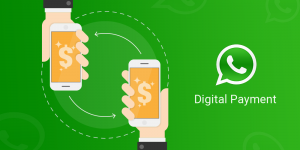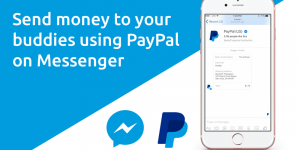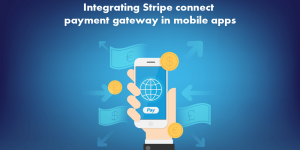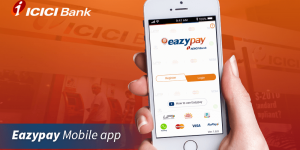
With a program known as a peer-to-peer application, the build p2p payment app system serves as a mediator to assist a person in transferring money from their bank account to another person’s bank account.
Peer-to-peer apps have become extremely popular among young people, who are typically more trusting of exchanging financial information with outside software than the older, less tech-savvy generation.
Every year, P2P payment apps gain popularity around the globe. In 2021, consumers and companies used Zelle to send nearly half a trillion dollars. Transaction volumes rose by 49%, while sent payment values increased by 59%. So, choose one of these platforms before developing a payment app.
People need help to picture a time before internet shopping and the ability to transfer money from card to card. Because they successfully met their demands, inventions like PayPal or Venmo were immediately adopted by users. We will also discuss how P2P payment app development affects the finance sector.
How does a P2P payment app function?
Applications for peer-to-peer payments may be used for everything from paying for a friend’s supper to paying the landlord’s rent. The exchange of money between two parties is made more accessible by these payments. For this, it will utilize their bank accounts or some other form of payment, such as a credit card, internet banking, or mobile app.
Features your P2P application should have
A few crucial aspects that would guarantee their app’s success must be included by the mobile app development business while creating an app that supports peer-to-peer payments. It is easier to thrive in the present market with these qualities.
➢ The user’s digital wallet
Users may save their credit cards and debit cards in a digital wallet. Additionally, the user may also keep his money here. The consumer can also add money from outside their account with a mobile wallet. Other fundamental components of a user’s digital wallet include.
➢ Notification
This feature is helpful as it notifies the user every time a payment is started or received.
➢ Sending and requesting cash
The foundation of every startup or small business is payments. It would be best if you always had a reliable payment solution to make your transactions safe, whether you send, receive, or ask for money from consumers.
In addition, the business owner must handle several suppliers simultaneously, which is an arduous effort. You may manage your vendors successfully by creating a fantastic peer-to-peer system regardless of their size.
Additionally, it alerts for all electronic wallet activities. Further, peer-to-peer payment apps have expanded their p2p payment system to include alerts for purchasing tickets and bill due dates.
Also See: Social+ Payments: Why Do Fintechs Need Social Features?
Steps to Build a p2p money transfer App
Building a peer-to-peer (P2P) payment app can be a complex process, as it involves handling sensitive financial information and complying with relevant regulations. Here are some general steps you can follow to build a P2P payment app:
1. Determine the scope and features of your app:
Start by deciding what features you want to include in your app and how they will be used. This will help you understand the resources and technology needed to build it.
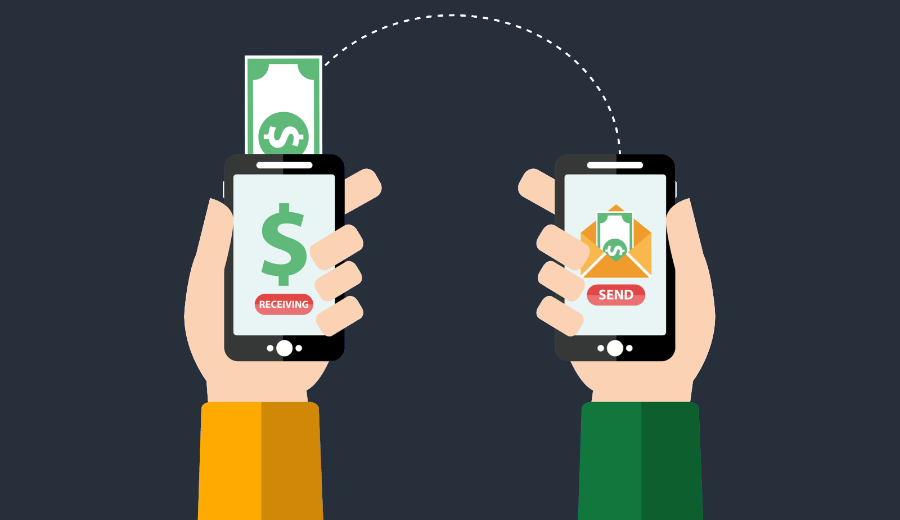
Choose a programming language and platform: There are many programming languages and platforms that you can use to build P2P payment systems, such as Java, Kotlin, Swift, and Flutter. Choose one suitable for the features you want to include in your app and supported by the device(s) you wish to target.
2. Set up a payment gateway:
A payment gateway is a service that enables your app to accept and process online payments. This may include selecting a payment gateway, implementing security measures, and deciding on a platform for the app (e.g., iOS, Android, etc.). There are many payment gateways available, and you will need to choose one that is suitable for your needs and compliant with relevant regulations.
3. Implement security measures:
mobile payment app development handle sensitive financial information, so it is essential to implement robust security measures to protect your users’ data. This may include encryption, secure socket layer (SSL) certificates, and two-factor authentication. This should consist of options for sending and receiving payments, as well as any additional features such as transaction history or payment schedule.
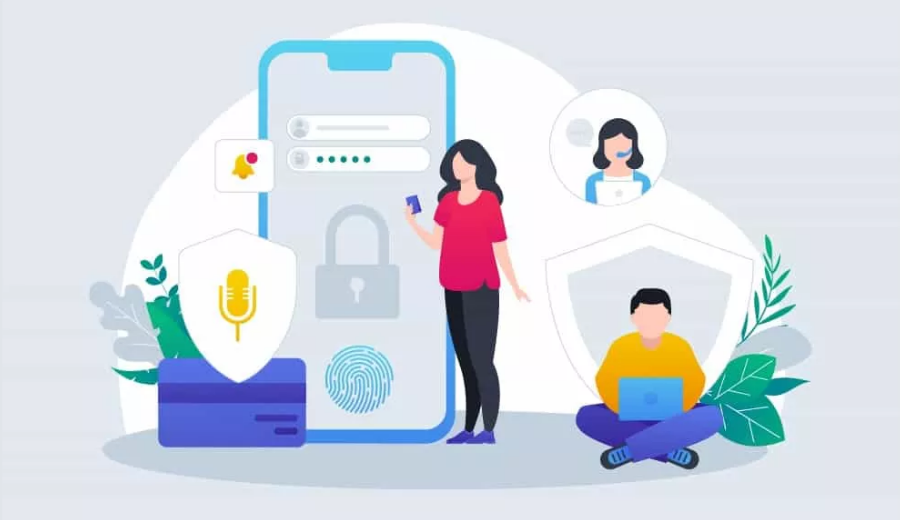
4. Test and debug your app:
Before launching it, it is essential to thoroughly test it to ensure it is functioning correctly and free of bugs. You can use emulators and simulators to test your app on different devices and configurations. This may involve user testing, stress testing, and other types of testing to ensure the app is reliable and user-friendly.
5. Launch and market your app:
Once you have completed the development and testing of your app, you can launch it and start selling it to potential users. This may involve promoting your app through social media, advertising, or partnerships with other companies or organizations.
Also See: Future of Digital Payments in India What to expect in the New Decade
How to Improve User Engagement In A Payment App
It’s hardly surprising that most people don’t view money management as a pastime. Managing your funds can be difficult if you lack financial literacy or need access to fun and user-friendly financial tools. Any financial app should be user-friendly and have components for engagement because of this.
The user engagement rate indicates the number and length of interactions with your app. This indicator enables you to ascertain whether customers value your services. Businesses track user behavior, such as clicks, downloads, and shares, and then analyze the data to determine engagement levels. The more frequently users interact with your software, the more it becomes second nature to them.
Also Read: The Ultimate Developer’s Checklist for Building a Secure Payments App
Conclusion
It is worth noting that building a P2P payment app can be a complex and time-consuming process, and it is essential to carefully consider all of the factors involved before embarking on this project. This may include releasing new features, fixing bugs, and responding to user feedback.
Take your time when selecting your payment app development partner because your app’s caliber and future success heavily rely on their experience. You must locate a seasoned digital building company. Learning P2P payment app development ought to be the desire for everyone.


